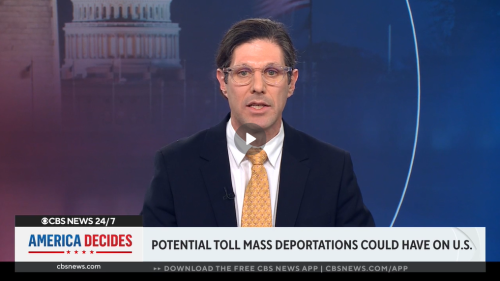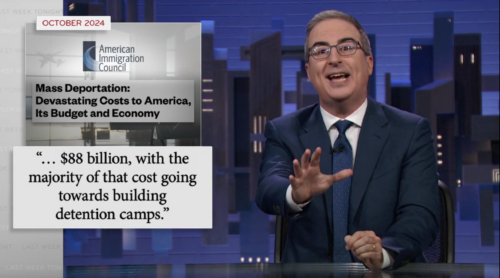Americans would have better job opportunities if more foreign-born workers could make a living in America, a new report asserts.
H-1B visa denials in 2007 and 2008 have had a negative impact on job opportunities and wage growth for U.S.-born technology workers in more than 200 U.S. metros since 2009, following these H-1B visa lotteries, according to a report released Wednesday by the Partnership for a New American Economy, a coalition of business leaders and mayors.
The report states that the H-1B visa program, created in 1990, has been the primary method of U.S. workforce entry for foreign-born, college-educated professionals — especially scientists and engineers in computer-related fields.
The key findings of the report are based on the high numbers of H-1B visa applications eliminated in the 2007-2008 visa lotteries.
“These lotteries have had a huge, discouraging impact on Austin’s tech economy, leaving companies frustrated that they cannot hire the best and the brightest because of the H-1B cap,” said Brian Graham, immigration attorney at Austin-based Strasburger and Price LLP. The 2007-2008 lotteries cost Dallas between 2,636 and 10,638 jobs for U.S.-born employees and as much as $112 million in computer-industry wages, the report states.
In Texas, more than 15,000 jobs and between $50 million and $200 million in aggregate wages were lost for American-born computer workers in 2009-2010 as a result of the 2007-2008 H-1B visa denials, according to rough estimates of the impact on individual states.
Though companies can fill vacant job positions with U.S.-born employees, Graham said in many cases the people with the best grades and best qualifications are foreign-born, making hiring difficult. Because of the lottery, companies are losing great candidates and this has slowed growth, he said. Graham said his firm processes between 50 and 100 H-1B visa applications annually.



